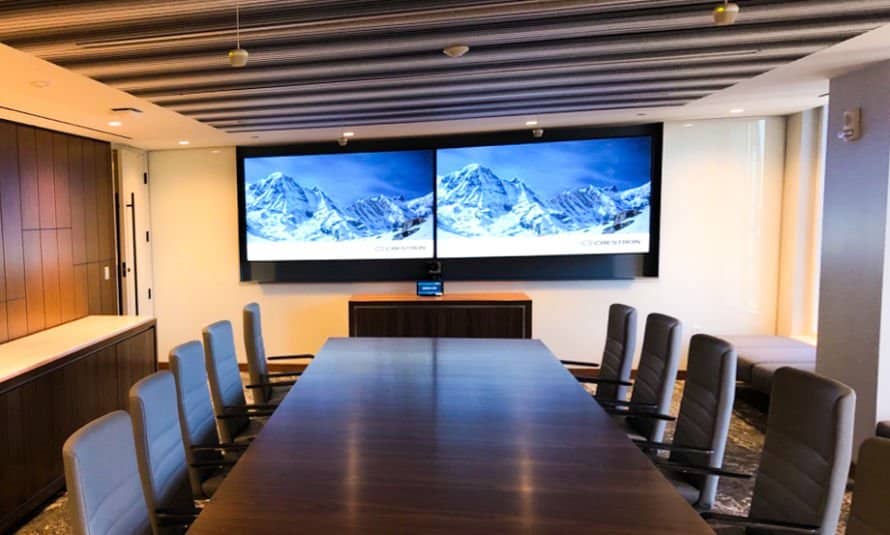Mastering the Essentials of Audio Flow in AV Equipment for Optimal Output
Wiki Article
In order to understand how audiovisual equipment works, it is essential to grasp the principle of signal flow. The signal flow refers to the path that sound and visual signals take from their source to their endpoint. This process begins with input devices microphones and cameras, which collect sound and images. Grasping this procedure is vital for anyone who wants to ensure maximum functionality during events, concerts, or any event that relies on AV technology.

The first step in signal includes input that gather information. For instance, a microphone transforms sound vibrations into electrical transmissions. Similarly, a camera transforms light into visual signals. These components serve as the initial point for any audiovisual setup. Once the data are captured, they must be transmitted to a mixing console or a control system that assists to manage the multiple inputs. This component is responsible for modifying levels, incorporating effects, and ensuring that the transmissions are clear and clear before they proceed to the subsequent stage.
After the mixer, the data must be sent to power amplifiers and processors. Power amplifiers increase the intensity of audio transmissions, making them more powerful and more powerful. On the flip hand, video processing units enhance the quality of the visual data. These components are crucial for maintaining the integrity of the signals as they move through the setup. Proper boosting and processing ensure go to this web-site that the audio and visual output are of top standard, which is crucial for spectator engagement and total experience.
The next stage in signal flow is the output stage, where the enhanced signals are delivered to output devices, such as speakers and projectors. Speakers change electrical signals back into audio, allowing the audience to perceive the audio distinctly. Projectors display image information on a surface, rendering it accessible to all in the location. The way these output devices are set up can significantly affect the overall performance of the AV setup. For example, the placement of speakers can affect how audio travels through a space, affecting how well the audience perceives the sound.
Ultimately, overseeing the signal is essential to ensure everything functions smoothly during an event. Technicians often use monitoring equipment to verify volumes and perform click now adjustments in real-time. This oversight assists to detect and resolve potential problems that may occur, such as feedback in audio or distortion in visuals. By gaining mastery over the basics of signal, AV professionals can ensure that each event operates seamlessly, providing a high-quality experience for all participating. Understanding this process not only enhances technical abilities but also cultivates a deeper appreciation for the complex systems that create audiovisual encounters possible.